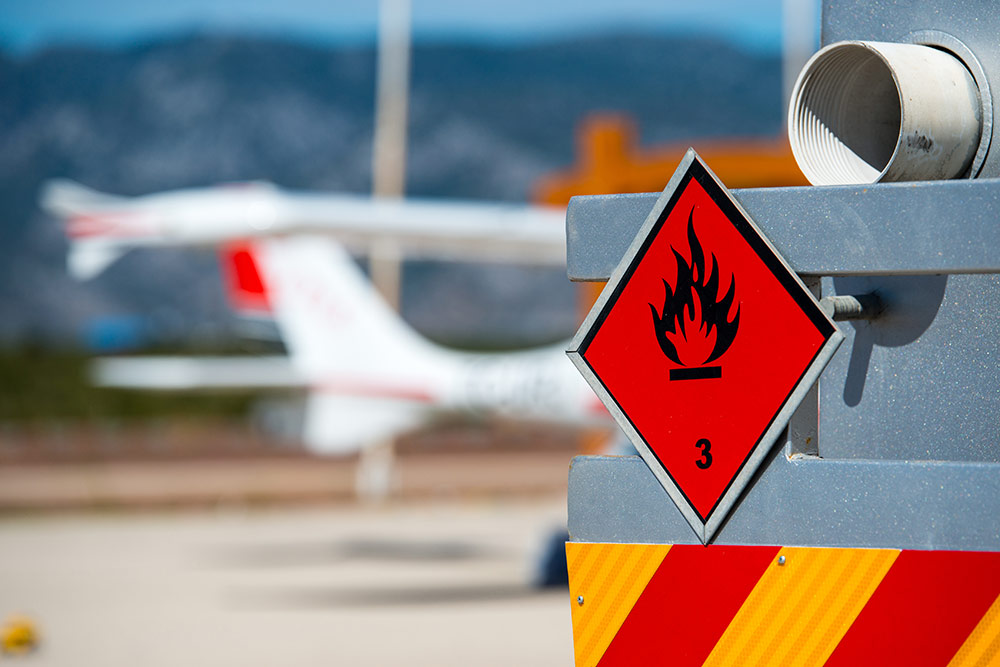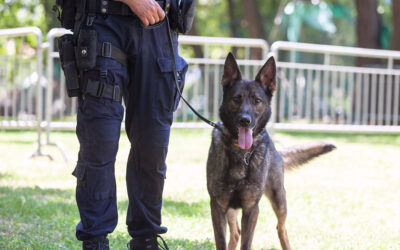IATA Dangerous Goods Changes For 2020

Follow Us
Stay up to date with our news and articles on social media
Contact Us
Tel 0800 434 6244
Email info@evolutionforwarding.com
There are some important upcoming changes and amendments to the IATA (International Air Transport Association) regulations which govern how goods move by Airfreight. These changes will come into effect on 1st January 2020 and are related to the limitation, identification, packing, marking/labeling and documentation of dangerous goods products moving by air.
The amendments come as part of the 61st edition of the IATA Dangerous Goods Regulations and below we highlight some of them.
Aerosols carried by passengers or crew
The restriction of aerosols in division 2.2, requiring sporting and home use aerosols to be carried in checked baggage only will be removed. This now enables these goods to be carried in either checked or carry-on baggage.
Changes for lithium batteries
- In packing instructions, the term “aggregate lithium content” has been applied to lithium metal batteries.
- The lithium battery mark will now need to be applied on one face of the package.
- New definition for “lithium batteries installed in cargo transport unit” is provided in Appendix A.
Changes to the Dangerous Goods List
- Packaging of Tear gas candles (UN 1700) must meet PG II performance standards based on new special provision A802.
The introduction of a new Appendix to the 61st Edition will also provide details of a list of changes that will take effect from 1st January 2021, this includes:
- Provisions for deregulation of data loggers and cargo tracking devices powered by lithium batteries will be adopted.
- Training on dangerous goods will be based on competency for dangerous goods.
- Infectious substance provisions including Category A medical waste, will be updated.
- Four new UN numbers will be included on the list of dangerous goods:
- three for explosives, UN 0511 to UN 0513 and
- one for Category A medical waste, UN 3549.
- Minimum dimension for the lithium battery handling mark will be changed: 100 mm wide x 70 mm high.
- Radioactive materials will be updated based on changes adopted by the International Atomic Energy Agency to SSR-6 (Rev. 1) 2018.
We suggest that, if you are currently moving any of the goods due to be affected in either 2020 or 2021 by airfreight, you contact us to discuss any needs for a change in practice.
Evolution Forwarding specialise in the packing, documentation, compliance and movement of dangerous goods internationally, our expertise and willingness to get the job done has positioned us second to none in this important area.
For further information please email info@evolutionforwarding.com or call 0800 4346244.
Dangerous Goods Logistics
Find out more about our Dangerous Goods Packing & Logistics Services
Dangerous Goods Compliance
Find out more about our Dangerous Goods Compliance Services
brought to you by the dangerous goods people
Evolution Forwarding offer a range of dangerous goods and logistics services including packing, classification, training, DGSA services, air freight, ocean freight and road freight.
Related Articles
Dogs That Can Detect Lithium Batteries
The detection of lithium batteries using dogs is being pioneered in France, and is expected to roll out globally following a successful six-month trial.
Felixstowe & Liverpool Strike Update
Workers at the Port of Felixstowe are due to start an eight day strike starting from this weekend and now Liverpool dock workers have voted for industrial action too.
New Lithium Battery Rules For Air Cargo
From 1st April 2022, new IATA regulations have once again been introduced for the movement of lithium batteries by air. These changes were buried in the IATA DG Regulations.




